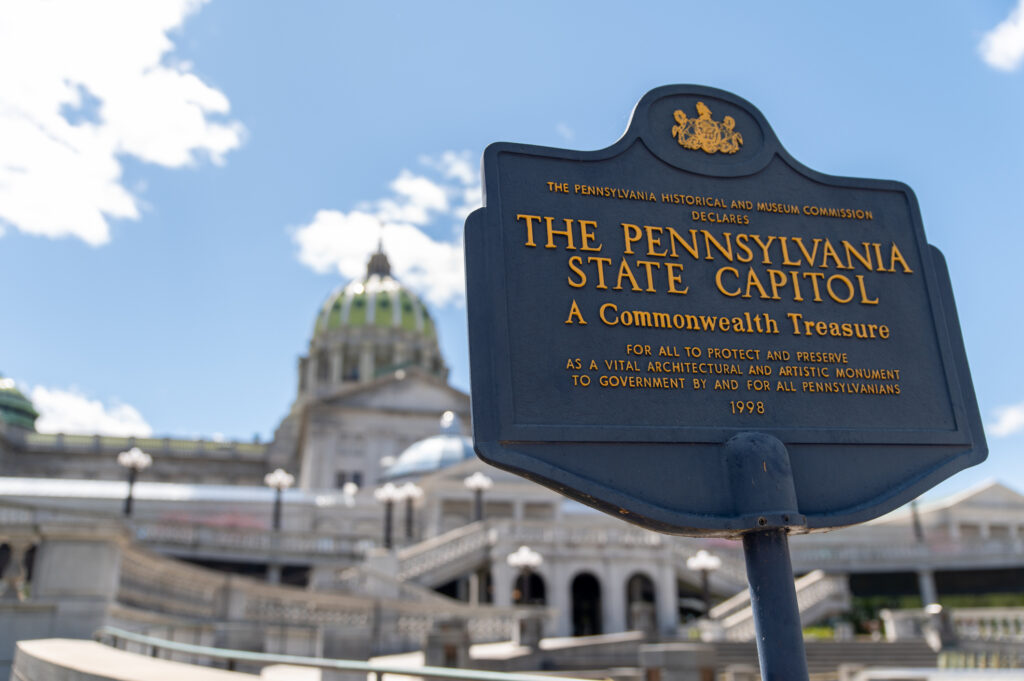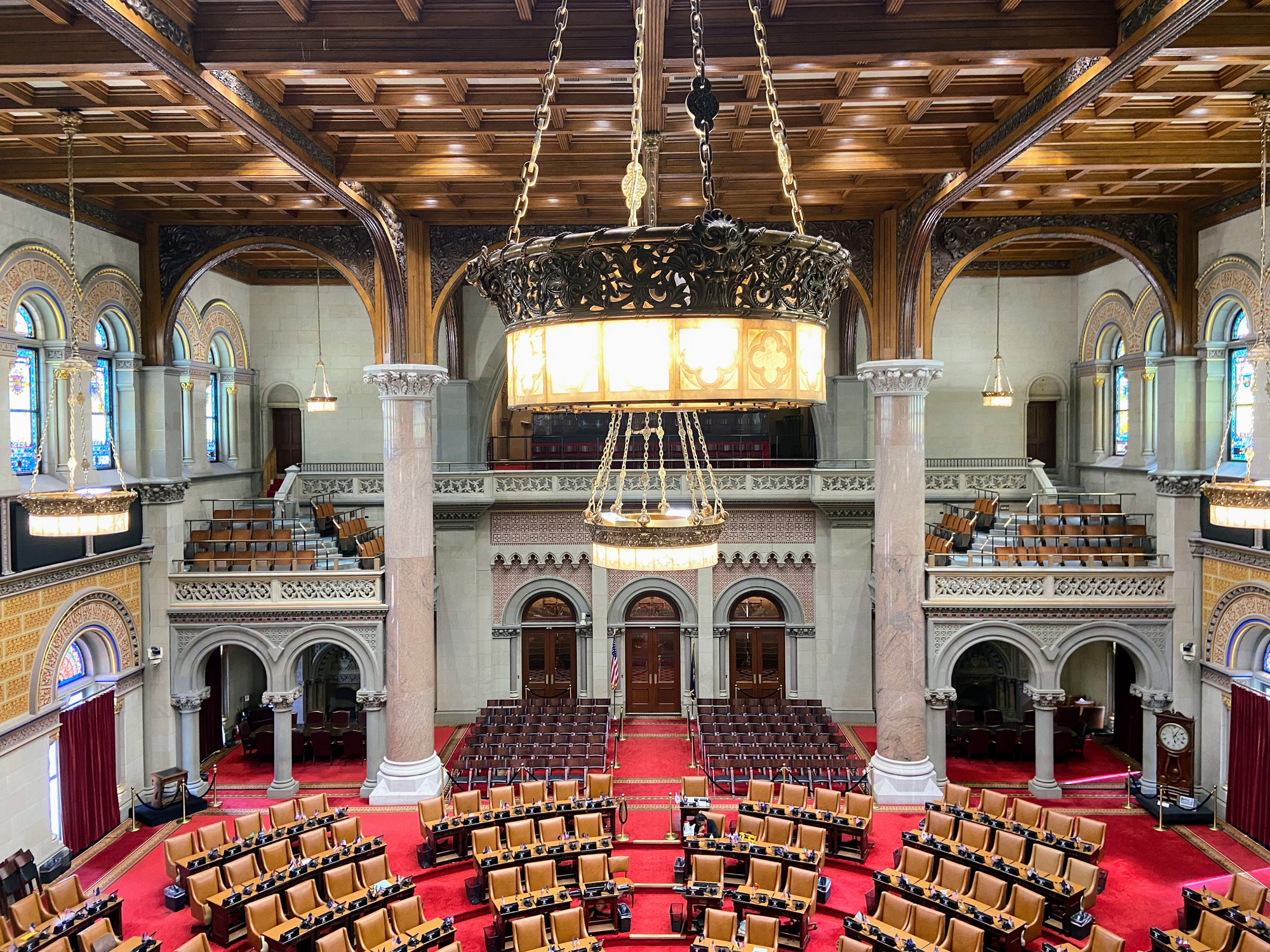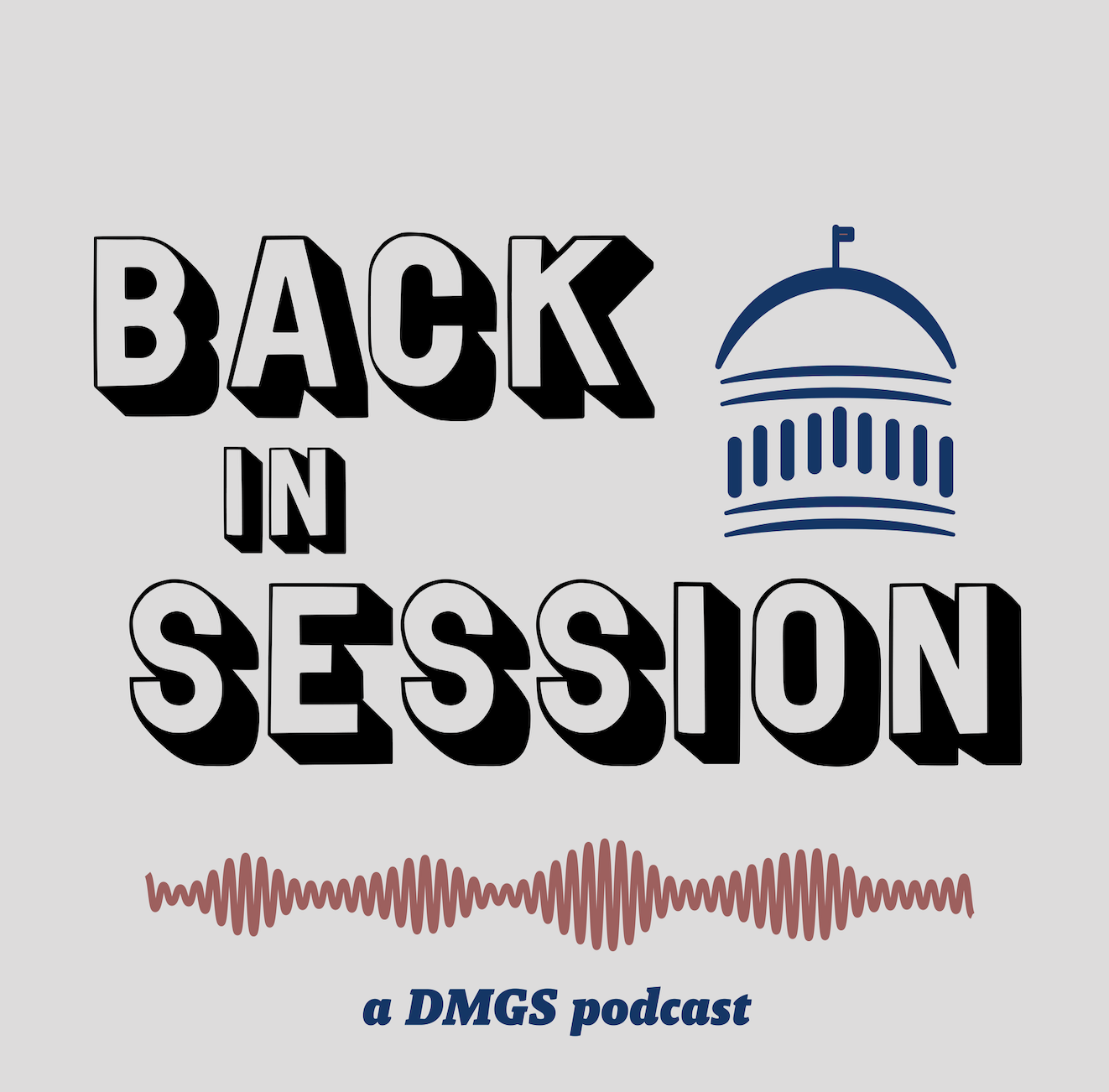
As Pennsylvania continues to navigate an evolving energy landscape, state leaders are proposing new approaches to ensure reliability, affordability, and sustainability. Governor Josh Shapiro recently announced his “Lightning Plan”, a six-part initiative aimed at reshaping the state’s energy sector. The proposal, which comes ahead of Shapiro’s 2025 budget address, seeks to modernize energy infrastructure, attract investment, and address environmental concerns. However, reactions to the plan have been mixed, with some praising its comprehensive nature while others question its economic impact.
An Overview of Shapiro’s Lightning Plan
Announced at Pittsburgh International Airport—a site set to become a hub for hydrogen and sustainable aviation fuel (SAF) production—Shapiro’s Lightning Plan outlines a broad energy strategy. It aims to balance traditional energy sources with investments in emerging technologies such as hydrogen, nuclear power, and renewables.
Key Elements of the Proposal
Shapiro’s Lightning Plan consists of multiple initiatives designed to encourage energy investment, accelerate project approvals, and manage consumer costs. One major component is the RESET Board, which seeks to streamline the permitting process for energy-related developments, reducing bureaucratic delays. Additionally, the PA EDGE Tax Credit Overhaul aims to adjust existing tax incentives to encourage more flexible and effective investments in energy infrastructure, including hydrogen and SAF production.
Another part of the plan, the PACER (Pennsylvania Climate Emissions Reduction Act), would implement a cap-and-invest model requiring power plants to purchase credits to offset emissions. Additionally, the PRESS (Pennsylvania Reliable Energy Sustainability Standard) initiative seeks to modernize the state’s energy standards, incorporating nuclear energy and renewables to remain competitive.
PACER and PRESS were introduced last year as alternatives to the Regional Greenhouse Gas Initiative (RGGI), which Shapiro previously pledged to exit if a state-specific solution was enacted. These initiatives were designed to provide Pennsylvania with greater autonomy in setting its own emissions standards while promoting investment in clean energy sources. However, the legislation did not pass in the last legislative session, leaving Pennsylvania’s participation in RGGI and the future of these proposals uncertain. Despite this, Shapiro continues to advocate for PACER and PRESS as integral components of his energy strategy, emphasizing their potential to reduce emissions while protecting jobs and energy affordability.
Other aspects of the plan focus on community energy programs that allow rural areas and low-income households to share energy resources, as well as updates to Act 129, which would expand rebates for energy-efficient appliances to help lower electricity costs.
Diverse Reactions to the Plan
Shapiro’s Lightning Plan has prompted varying reactions from lawmakers, industry representatives, and advocacy groups. Supporters argue that the plan will help Pennsylvania remain competitive by modernizing energy infrastructure, fostering job growth, and stabilizing costs for consumers. Some see it as a necessary step toward long-term energy security and sustainability.
However, others have raised concerns about potential economic impacts, particularly regarding the cap-and-invest emissions framework. Critics worry that increased regulations on power plants could lead to higher energy prices and potential job losses in traditional energy sectors. While tax incentives and streamlined permitting are generally welcomed, some express caution about whether the plan’s regulatory components could discourage investment in Pennsylvania’s existing energy assets.
What Comes Next?
With the 2025 legislative session just underway, the debate over Pennsylvania’s energy future is expected to continue. As discussions unfold, policymakers will weigh the potential benefits of encouraging new energy investments against concerns about regulatory changes and economic impacts. The success of Shapiro’s Lightning Plan will likely depend on legislative negotiations and whether a consensus can be reached among stakeholders.
Latest News
Photo credit: iStock.com/Niiaz Sabirov In 2025, several U.S. states have introduced legislation to prohibit geoengineering, defined as intentional large-scale interventions in Earth’s atmosphere or climate systems, such as cloud seeding or solar radiation modification. These [...]
Photo credit: iStock.com/Ray Tan As the impacts of climate change intensify, several U.S. states are taking legislative steps to address the mounting costs of adaptation and resilience. New York, New Jersey, and Vermont have recently [...]
In this episode of The Back in Session Podcast, hosts Ryan Stevens and Ryan DeMara are joined by Brendan Williams from PBF Energy. They delve into the state of energy policy, the refining sector, and [...]
Photo credit: iStock.com/Mikhail Dmitriev State lawmakers have taken legislative action to protect wildlife, including birds such as loons and swans, from lead poisoning. We have seen states pass laws banning lead sinkers or painted lead [...]






Stay In Touch